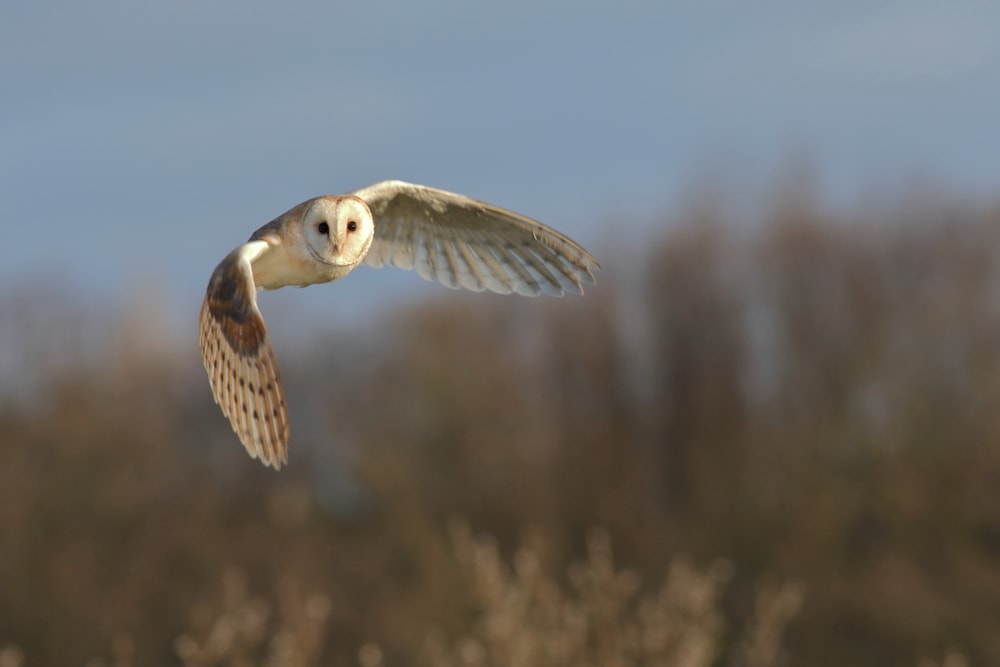New initiative to reduce Barn Owl road casualties
BirdWatch Ireland has identified novel methods aimed at reducing mortality rates of Barn Owls on Irish roads.
Research carried out by the organisation, in conjunction with Transport Infrastructure Ireland, has shown the extent of Barn Owl deaths on Irish roads and, for the first time, an insight into the birds' behaviour in the vicinity of such routes – notably how owls use roadside verges for hunting and how this can increase the risk of collision.
The new mitigation measures will be incorporated during the early planning phases of national road schemes, with the aim of reducing the effects of road networks on Barn Owl populations. Previously, there were no measures in place to reduce mortality, despite it being a well-known issue that owls suffer when new roads are built.
A road casualty survey on the M8 Motorway and the Tralee Bypass estimated a mortality rate of 51 and 60 Barn Owls per 100 km per year on these routes respectively, highlighting the scale of the problem and the necessity for effective mitigation solutions.

Barn Owl is incredibly susceptible to road traffic collisions, thus the construction of new roads can significantly impact local populations (Adrian Hardy).
John Lusby, of BirdWatch Ireland, who led the research, explained: "We saw that individual birds which were fitted with GPS transmitters routinely hunted along the verges of major roads. Barn Owls are attracted to hunt these long, linear habitats, which are also suitable for their small mammal prey. However, this can be a high-risk foraging habitat due to the proximity to the road, and we observed that the places that Barn Owls were most frequently killed on roads were those which were close to suitable foraging conditions."
Transport Infrastructure Ireland and BirdWatch Ireland devised the 'Survey and Mitigation Standards for Barn Owls', which include survey requirements for Barn Owl to ensure that direct disturbance effects to breeding sites can be identified and avoided during the construction of new road projects.
The more challenging mitigation to design has been measures to reduce the risk of vehicle collision for Barn Owls. These aim to discourage Barn Owls from flying or foraging in close proximity to major roads and to divert the flight height of birds above the height of vehicles. Where the width of the verge allows, suitable foraging conditions will be provided, behind natural screening to protect the birds while foraging. These measures will be targeted to the sections of road where they are most required and based on proximity to known Barn Owl nest sites.
Dr Vincent O'Malley, Head of Environment of Transport Infrastructure Ireland, commented: "We are delighted to support innovative research such as this because it provides the scientific evidence for the development of appropriate mitigation measures for the protection of Barn Owls which interact with the national road network. As many of these new measures have not been implemented previously, it will be important to regularly monitor these measures to ensure their effectiveness."

